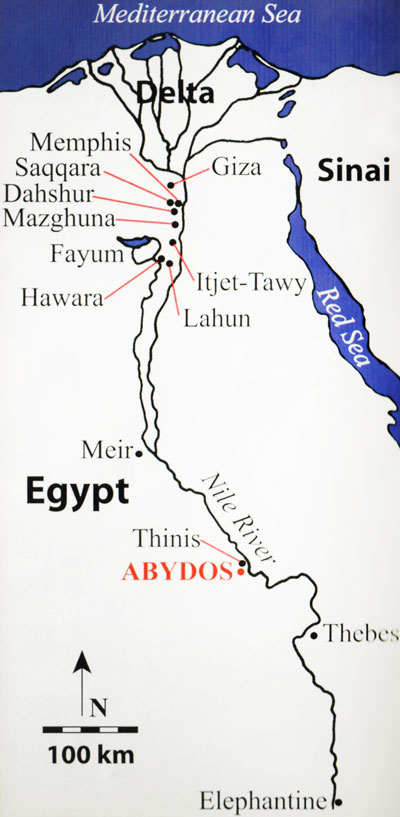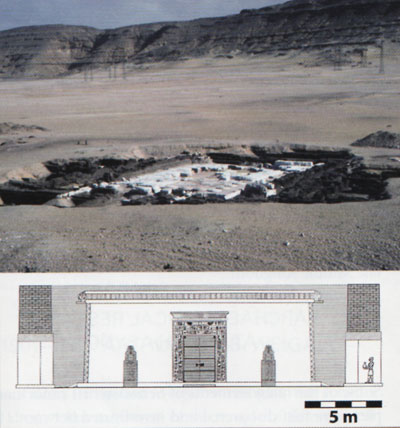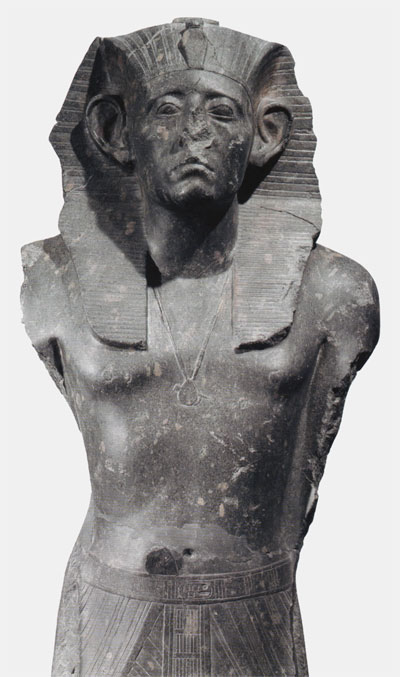
Some 3,850 years ago a remarkable experiment in architectural and social engineering took place on the edge of the desert in southern Egypt. The sacred site of Abydos—the burial place of Egypt’s first pharaohs and a religious center for the god Osiris—saw the construction of a royal mortuary complex named Enduring-Are-the-Places-of-Khakaure-True-of-Voice-in-Abydos (in Egyptian: Wah-Sut-Khakaure-maa-kheru-em-Abdju). Dedicated to pharaoh Khakaur-e Senwosret III—the fifth pharaoh of Egypt’s 12th Dynasty (ca. 1878–1841 BCE)—this complex was erected on virgin land to the south of the traditional center of Abydos, an area now called “South Abydos.”
This mortuary complex is an example of Middle Kingdom state-planning at its finest. Designed as a comprehensive, semiautonomous center for the cult of the deceased pharaoh, it also functioned as an ancient Egyptian suburban development.
The site’s blueprint is ambitious. As currently known, the complex covers approximately 1 km2 between the edge of the Nile floodplain and the high desert cliffs. Its conceptual focus is the subterranean royal tomb of Senwosret III, located at the base of the cliffs inside a T-shaped, brick enclosure. To the north, on the edge of the desert escarpment and overlooking the floodplain, sits the mortuary temple, Beautiful-is-the-Ka (Nefer-Ka). To the east of the temple lies the planned town that housed the administrators and workers responsible for maintaining Senwosret III’s afterlife cult. Recent work has shown that during most of its history the town was called Wah-Sut, an abbreviation of the name of the mortuary complex.
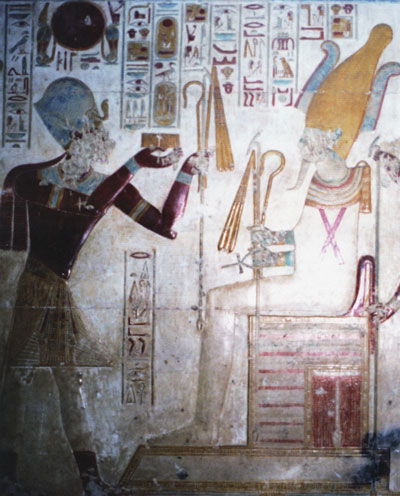
The scribes and architects who designed the mortuary complex and the town tried to predict virtually every aspect of religious, social, and economic life necessary to maintain Senwosret III’s cult for eternity. Despite this, the temple and town lasted for only 150 years during the late 12th and 13th Dynasties (ca. 1850–1700 BCE), providing an unparalleled archaeological window into the culture and society of Egypt’s late Middle Kingdom.
Archaeological Research At South Abydos
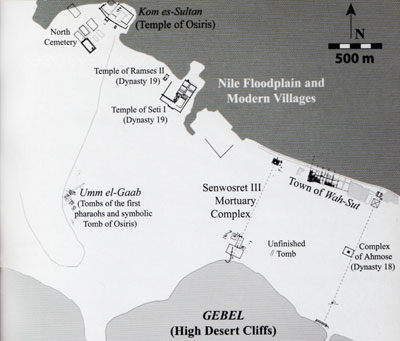
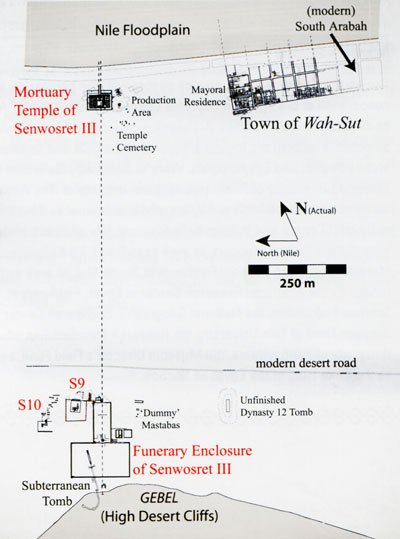
Some of the main elements of Senwosret III’s mortuary complex were first discovered and investigated between 1899 and 1903. Kei Yamamoto’s article in this issue discusses this exciting period of archaeological exploration at South Abydos. One of these early explorers, as Jennifer Houser Wegner explains, would later become the first full-time professional curator of the Penn Museum’s Egyptian Section. This early archaeological research provides the foundation for the Museum’s renewed archaeological work at South Abydos. Initiated in 1994, it is generating fresh evidence and deepening our understanding of this remarkable site.
Among the discoveries presented here will be my report of the re-investigation of Senwosret III’s hidden subterranean tomb, located beneath what we now know is the Mountain-of-Anubis. Dawn McCormack will then consider two tombs built adjacent to Senwosret III’s temple enclosure, while Vanessa Smith will examine the recent discovery of the temple’s bakery and brewery complex (Per-Shena-Senwosret, or “production facility of Senwosret”).
I will then introduce the work taking place in the town of Wah-Sut since we discovered it in 1994, paying particular attention to the palatial residence of the mayors, the recovery of Egypt’s first-known example of a magical birth brick, as well as the first archaeologically identified administrative gatehouse (areryt). Nicholas Picardo will discuss the other elite residences in the town, while Stine Rossel will present the ongoing investigation of patterns of animal use as determined from an analysis of the animal bones found in both the temple and town.

